Colombian Huilan Coffee Donald Coffee Flavor description is Colombian Donald Coffee good
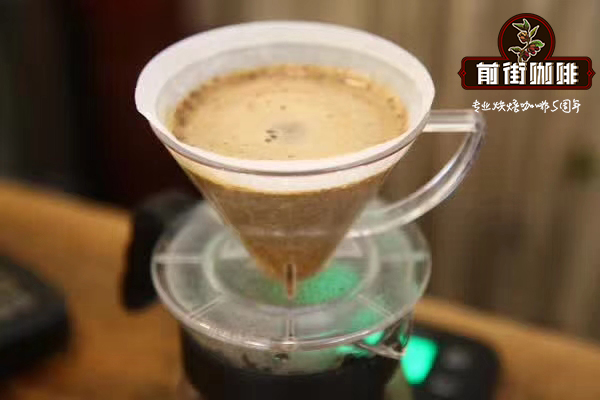
Professional coffee knowledge exchange more coffee bean information please follow the coffee workshop (Wechat official account cafe_style)
Colombia, located in America, is loved for its nutty, chocolate-flavored coffee with a well-balanced taste. Arabica is mainly grown in Colombia. coupled with the advantage of altitude, abundant rainfall, sufficient sunshine and the hard work of farmers, Colombian coffee has attracted worldwide attention.
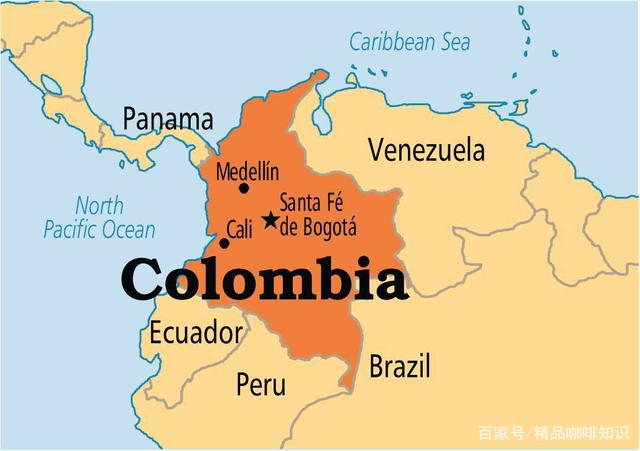
In 1808, a priest introduced coffee to Colombia for the first time from the French Antilles via Venezuela. Today, the country is the second largest coffee producer after Brazil, the world's largest exporter of Arabica coffee beans and the world's largest exporter of washed coffee beans. Colombian coffee is often described as silky and smooth. Of all the coffees, it is the most balanced, soft, smooth and ready to drink, and it has won praise that no other coffee can match: known as "green gold".
It is said that coffee was introduced by missionaries from Venezuela in 1730 and was grown in the southeast of the country. Later, due to civil war and political reasons, it gradually moved to the western mountainous areas. Locals also plant tall trees or banana trees around coffee trees. Build an awning for coffee trees in the seedling stage, the humidity in the coffee forest is high, the temperature difference is small, and the coffee beans mature slowly. There is also family operation, they do not have heavy machinery harvesting and irrigation, nor do they have spare money to hire workers. All coffee fruits are conducive to the accumulation of caffeine and aromatic substances, so the quality of coffee is the best.
The latitude span of the Colombian producing area and the topographic influence of the Andes are divided into three regions from south to north, northern, central, and southern; the northern part of the south has a distinct production season, and the central part has two primary and secondary seasons according to the north or the south, respectively. there are two harvest seasons in a year, the main season is from October to January, and the secondary season is from April to July.
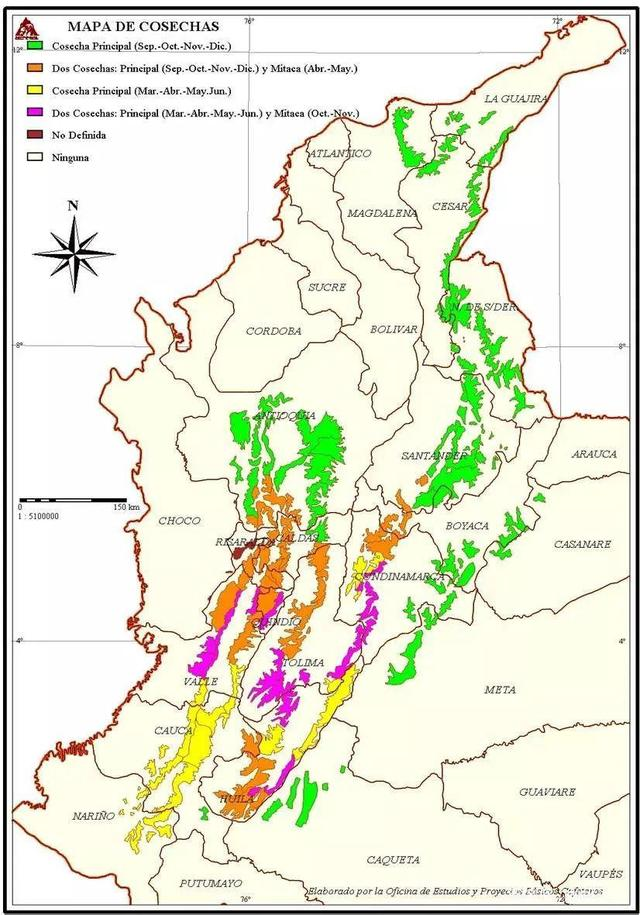
Columbus coffee cultivation is distributed along the Andes Mountains, from south to north, roughly divided into northern producing areas (green), central producing areas (orange, purple) and southern producing areas (yellow), in which orange-purple areas have primary and secondary production seasons. green and yellow areas have one season.
The three Codiera mountains in Colombia run north and south to the Andes, and local coffee farmers grow coffee along the highlands of these mountains, with diverse climatic production conditions; and because of changes in altitude, a large part of Colombia's coffee industry is produced by smallholder production. However, unlike the coffee-producing countries in Central America, which are mostly classified by the altitude of their growth, Colombian coffee is distinguished by the size of the bean-shaped mesh, of which the Supremo grade above 17 mesh is the largest, and the next grade is the 16-mesh EXCELSO EXTRA.
Contrary to the general impression that a large amount of Colombian coffee is balanced and smooth, the fine Goran products produced by many small farmers in micro batches are actually very characteristic of the flavor of the producing area. In recent years, with the attention to the quality of coffee and the demand for fine coffee in the international market, the original bean-size grading system has been gradually abandoned to the micro-batch provided by small farmers in micro-production areas. Dozens of small farmers provide their unit harvest into a micro-batch to sell, and they also have the opportunity to directly select many high-quality small farmer coffee through batch-by-batch cup testing.
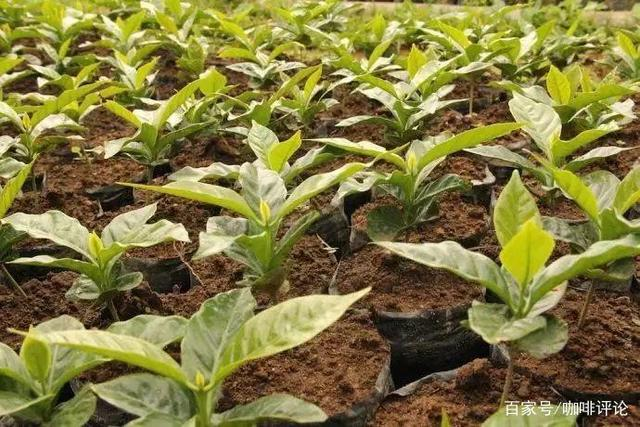
[coffee varieties]
In addition to Kaddura Caturra, Bourbon Bourbon, Tippika Typica and Parkmara, which are common in America, Colombia also has three disease-resistant varieties unique to Colombia, namely Castillo Castillo and Columbia Colombia with the same name as Tabi Tabi. Of course, there are also some rare and valuable varieties such as Rosa Gesha, small-grained Mocha Mocca, Rume Sudan Romer Sultan, Eugenioides Eugene Odes, Laurina pointed Bourbon, Maraguesa Mara Rosa (a natural hybrid between Marago Rippi and Rosa).
There is also pink bourbon, just know that there is such a miraculous variety of coffee. Generally speaking, bourbon is a coffee tree that belongs to a branch of Arabica species, generally bearing red fruit, called red bourbon, in addition to yellow bourbon, orange bourbon, yellow bourbon relatively low yield, but better quality.
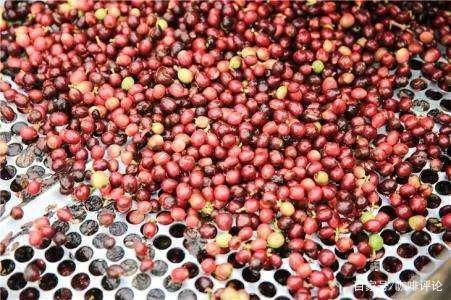
[treatment]
Most of them are washed, and each small farmer family has a small special processor (Ecomill or Eco-Pulper). The harvested coffee fruit is poured into it, which removes not only the peel and pulp, but also most of the pectin, and only a very small amount of water is needed. Next, the shell beans with a small amount of pectin will go into a small pool or container, which may be a cement pool (some tiles) or a stainless steel bucket that will ferment overnight and loosen the residual pectin. Rinse with clean water the next day, and the washing process is completed.
Drying will be based on the weather, if the weather is good, of course the first choice is natural drying, there will be a small shed, laid on the wooden scaffolding to dry; otherwise, it will be laid on an empty cement floor for drying; if the weather is not good, it is rainy, then use a dryer to dry, the dryer will have an intake temperature control, usually about 50 degrees Celsius.
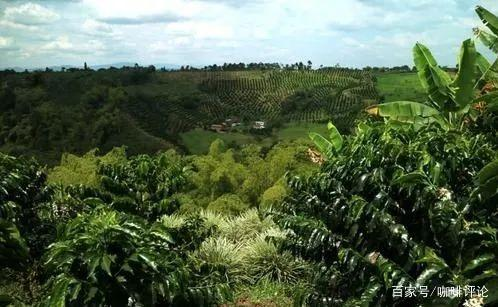
[Donald] from Huilan County, it is the most famous boutique coffee producing area in the country. This area is a hilly land surrounded by mountains, planted more than 1500 meters above sea level, where the most important rivers in Colombia meet, bringing abundant water resources and moisture. Micro-batches (Micro-regional selections) provided by small farmers, a micro-production organization in micro-producing areas, are provided by dozens of small farmers to integrate their unit harvest into a micro-batch to sell, and they also have the opportunity to directly select many high-quality specific small-farmer coffee through batch-by-batch cup testing.
[Donald]
The medium baking method is intended to best reflect its mellow, smooth and nutty characteristics.
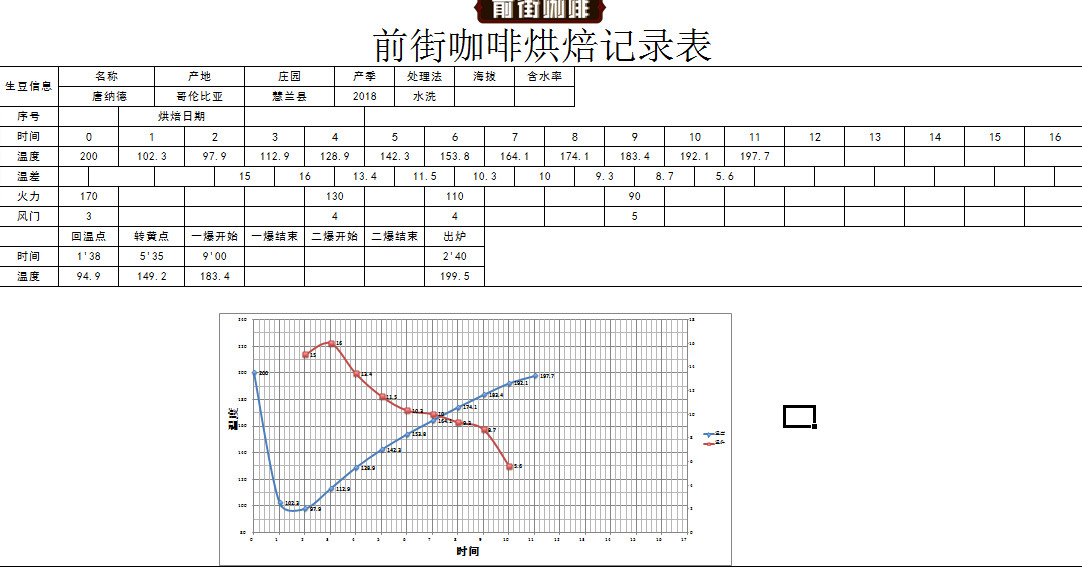
The furnace temperature reaches 170 degrees Celsius, the throttle is opened for 30 seconds, the firepower is adjusted to 170 degrees, the throttle remains unchanged, the temperature recovery point is 1: 38 degrees Celsius, the firepower is adjusted to 165 degrees, the bean table turns yellow, the smell of grass disappears completely, the dehydration is completed, the firepower is adjusted to 130 degrees, and the throttle is adjusted to 4.
On the 8th '30th floor, ugly wrinkles and black markings appear on the bean surface, and the smell of toast obviously changes to the smell of coffee, which can be defined as a prelude to an explosion. At this time, listen clearly to the sound of the explosion point, to 9: 00 "start an explosion, adjust the firepower to 60 degrees, the throttle should be fully opened 5 (the firepower should be very careful, not so small as to be free of cracking sound), 2: 40" after an explosion, 199.5 degrees into the pan.
[Donald] low altitude, beans are relatively soft, heat absorption speed is faster, and Coca similar to the oven temperature, [Donald] in addition to washing beans due to acid, but also has the characteristics of nuts, Bolin, chocolate.
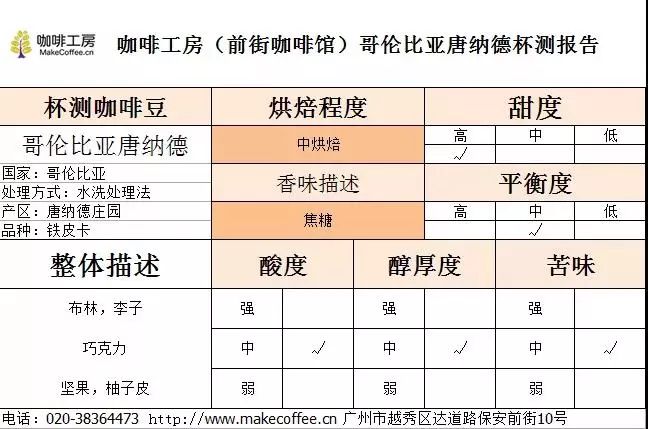
[cup test]:
[Donald] it has a slightly bitter taste of grapefruit peel, sweet and sour, chocolate and caramel, but it soon turns to mint cool, which is the type of grapefruit peel that I can accept, with a sweet and long-lasting finish, mint chocolate and coolness.
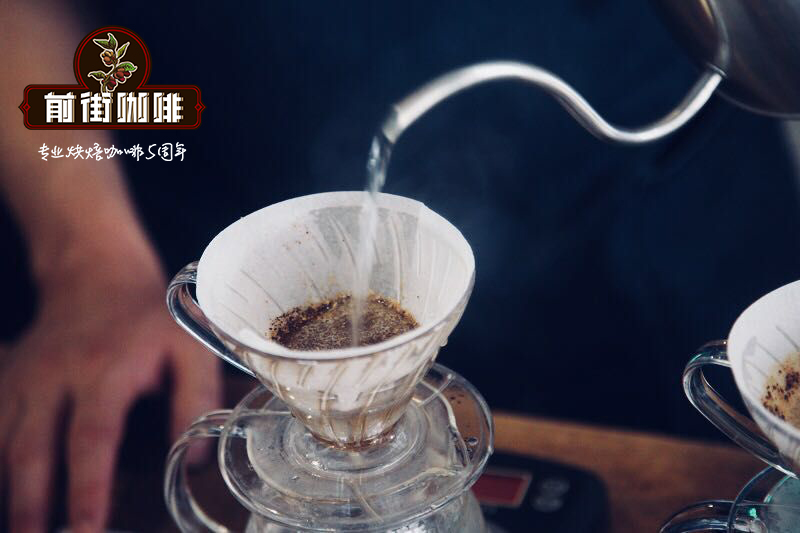
[recommended by hand]
V60 filter cup, 15 grams of powder, water temperature 90-91 degrees, grinding 3.59 Chinese standard 20 sieve pass rate 64%), water powder ratio close to 1:15
Technique: 25g water steaming, steaming time is 30s, the first stage water injection to 125g water cut off, slow water injection to 225g, that is, 30-125g-225g
Important Notice :
前街咖啡 FrontStreet Coffee has moved to new addredd:
FrontStreet Coffee Address: 315,Donghua East Road,GuangZhou
Tel:020 38364473
- Prev

How does Beethoven go to Coffee Carnett Manor in Costa Rica? The difference between Beethoven and Mozart
Professional coffee knowledge exchange more coffee bean information please follow the coffee workshop (Wechat official account cafe_style) what are the characteristics of Costa Rican coffee beans producing area flavor coffee bean varieties like Mozart attention Carnett Manor launched the third musician series Beethoven! Mainstream coffee brewing method: hand-made coil apparatus Hario V60 bean grinder is small
- Next
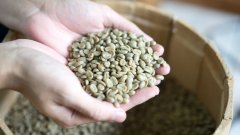
Colombia Coffee Donald Roast Flavor Suggestion Colombia Hui Lan Coffee Story
Professional coffee knowledge exchange More coffee bean information Please pay attention to Coffee Workshop (Weixin Official Accounts cafe_style) Basic knowledge and flavor description of Colombia coffee Country: Colombia Region: Vera Region Elevation:15001800M Variety: Cadura Treatment: Washing Flavor Description: Dry fragrance with citrus and caramel aroma. When you sip, you can feel citrus fruits like lemon
Related
- Detailed explanation of Jadeite planting Land in Panamanian Jadeite Manor introduction to the grading system of Jadeite competitive bidding, Red bid, Green bid and Rose Summer
- Story of Coffee planting in Brenka region of Costa Rica Stonehenge Manor anaerobic heavy honey treatment of flavor mouth
- What's on the barrel of Blue Mountain Coffee beans?
- Can American coffee also pull flowers? How to use hot American style to pull out a good-looking pattern?
- Can you make a cold extract with coffee beans? What is the right proportion for cold-extracted coffee formula?
- Indonesian PWN Gold Mandrine Coffee Origin Features Flavor How to Chong? Mandolin coffee is American.
- A brief introduction to the flavor characteristics of Brazilian yellow bourbon coffee beans
- What is the effect of different water quality on the flavor of cold-extracted coffee? What kind of water is best for brewing coffee?
- Why do you think of Rose Summer whenever you mention Panamanian coffee?
- Introduction to the characteristics of authentic blue mountain coffee bean producing areas? What is the CIB Coffee Authority in Jamaica?

